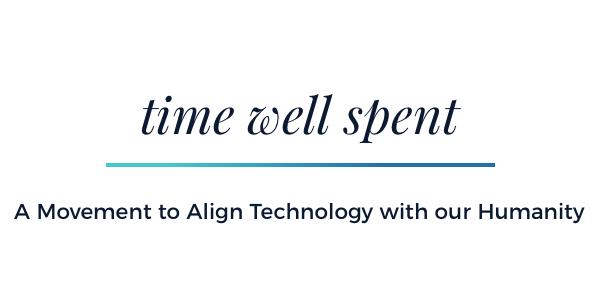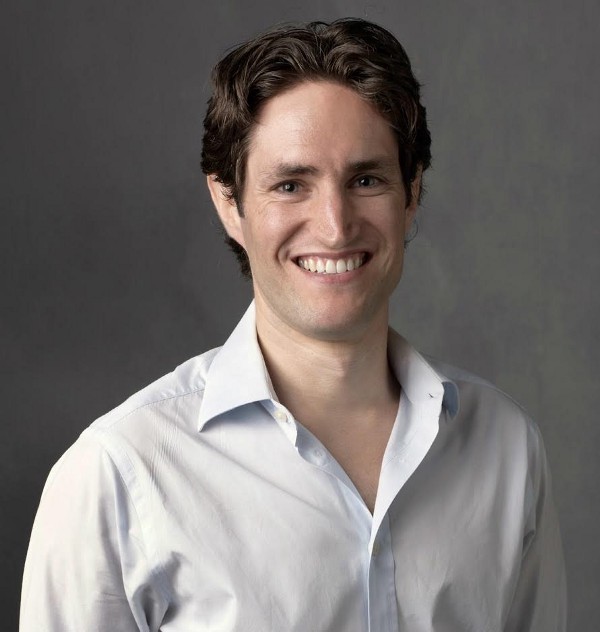
In the opening of his new book Irresistible, New York University marketing professor Adam Alter shares a troubling number: in the latest available figure, an estimated 41 percent of respondents in a 1.5 million person analysis had experienced some kind of behavioral addiction in the past year.
This isn’t addiction in the sense of alcoholism or drugs of abuse, Alter explained to Thrive Global. These are dependencies of the media variety, where you keep returning to a software experience that feels good in the short-term but becomes problematic over time. They cut across demographics: the executive relentlessly refreshing her inbox, the teen agonizing over Instagram likes, the college student skipping class to get in one more World of Warcraft quest in.
In the edited and condensed interview below, Alter explains why it is that we’re so susceptible to our devices, what we can do to establish better boundaries with them and what would need to happen for tech giants to do something about the addictiveness they’ve unleashed upon the world.

Thrive Global: How big of a role does the “social” part of social media play into behavioral addiction?
Adam Alter: Addiction is this pairing of a physiological response with some psychological itch that needs to be scratched. For a lot of people, there’s a chronic social need that these devices meet. It doesn’t demand much of you to pick up a phone and send a text. It’s low-risk; it’s precise. If you hit “lol” and send, you know what it’s going to look like [to the recipient]. It stands for something that our culture understands. If you do it in caps it’s slightly different. You can hit one exclamation point versus three versus five. Each one means a different thing and you can convey things really precisely. The risk is really low.
TG: It’s almost become a truism that screens are isolating. But you’re also saying that they scratch a social itch?
AA: You’re scratching the itch at a surface level and it’s enough that you get by. But it’s never going to develop the richness you have in proper face-to-face communication. If you have family members you stay with when you go on vacation — for good and bad — there’s a richness to that that you could never replicate online or through screens.
Even with FaceTime, you’re never actually looking into the other person’s eyes. There’s this illusion that you are looking at the other person. That’s what FaceTime is designed to do. But because of the position of the camera, it’s always slightly off.
TG: So much of tech criticism today sounds scold-y. How do you avoid coming off as a luddite?
AA: This is not about saying we should roll back the clock 100 years. It’s really about sustainable tech use in the same way we should deal with the environment. ‘Sustainability” is the word people in the small treatment industry use. You don’t want to just consume tech all day, but still, you need it.
One of the first things reSTART, the internet and videogames treatment program, says is that it’s really hard to go cold turkey on this stuff — much harder than drugs, alcohol or nicotine. Because with drugs and alcohol, there is a mainstream that doesn’t involve them. You can work, travel and still be away from the context associated with those things. That is not really true for tech.

TG: At a personal level, what are some things we can do to get a better handle on our tech use?
AA: The easiest is to use the principal that’s been around forever in psychology: propinquity. It means that things closer to you in physical space will always have a bigger effect on your psychology than things that are further away.
Say, from 5 to 8 p.m. every night I will put my iPhone and iPad in a drawer in a different room. If they’re out of sight, they’ll eventually be out of mind. I’ll use paper and pen if I’m writing something, talk to my wife, play with my son, or go for a run. What’s interesting about doing that — this is how I know [behavioral addiction to technology] at least approximates addiction — is there is a withdrawal period. It’s hard. You start feeling like you’re walking around naked. You start wondering what’s going on with your emails. That’s the single best thing you can do: Here’s a chunk of time and space; it’s me away from tech.
A good question to ask is, how much of your day do you spend where you have no idea what year it is? If I look around this office [gestures to computer monitors, my recorder on the desk] I can tell we’re within at least the last five years. But if you’re at the ocean, or in a forest, or having a rich conversation with someone —
TG: You don’t know what year it is.
AA: In those moments, it could be the year 1500 or 1900.
TG: Is the business side of tech doing anything about this?
AA: From Big Tech, no. But since releasing the book, I’ve gotten emails from maybe a hundred companies, saying “check out my startup, we have a plug-in that you use with Facebook that makes it less addictive.” Some of those ideas are brilliant and if I brought all these people together, we could create an amazing slow-tech company.
But the big-tech companies aren’t doing much. At the moment, the way the norms work, the way our culture works, all they’d be doing is eating into their profits. They wouldn’t say, we’re making a less addictive product. They’d be saying, our product becomes less engaging — it’s an inferior product.
There may be a time where we, as a culture, demand something different from tech companies; When we say that if you’re the company that doesn’t at least pay homage to slow tech, we’re not going to work with you. That hasn’t happened yet, but once people do that maybe things will change.
It’s like the green marketing movement. The first companies that became aware of their effects on the environment and said to people, hey look what we’re going, we’re going to donate this amount of money to the EPA, this is our sustainable approach to producing this product. Those companies had a competitive advantage and now everyone pays lip service to that idea.
TG: What would have to happen for those norms to change? The biggest recent culture shift seems to be with smoking, which was “cool” and is now widely considered gross.
AA: Norms come from younger people. One thing about teens — they always want to fight The Man. You just have to show them who The Man is.
TG: How did that work with smoking?
AA: You talk to teens about what the tobacco industry does and tries to do and you couch it in terms of teens versus the world and the world is these big businesses that are trying to ensnare them when they’re young. That galvanized teens against smoking.
You can’t do the thing where you say, this thing you guys think is cool is not cool. It turns you you’re wrong; the older people know the way. That’ll never work. It has to play into this need they have to question, to differentiate.
They don’t think about tech as The Man at the moment. The only time they think that way is when you have these major celebs that run their lives on Instagram, the latest one is Selena Gomez. They will go cold turkey and say they just can’t do this anymore. Eventually they’ll come back, but teens will go, “That’s interesting.” I tell the story of Australian model Essena O’Neill — she had a lot of followers and started to get paid a lot of money to do sponsored posts. Eventually she decided she had enough, it felt wrong, and there was a lot of backlash. Eventually, she went back through her archive and re-captioned all her photos to say what happened behind the scenes. And teens really responded to that. They saw Instagram as The Man.
Originally published at journal.thriveglobal.com

